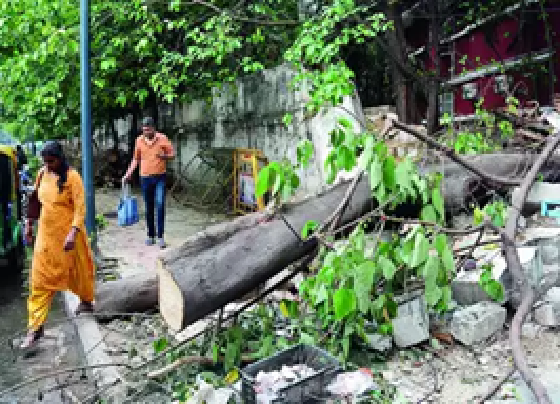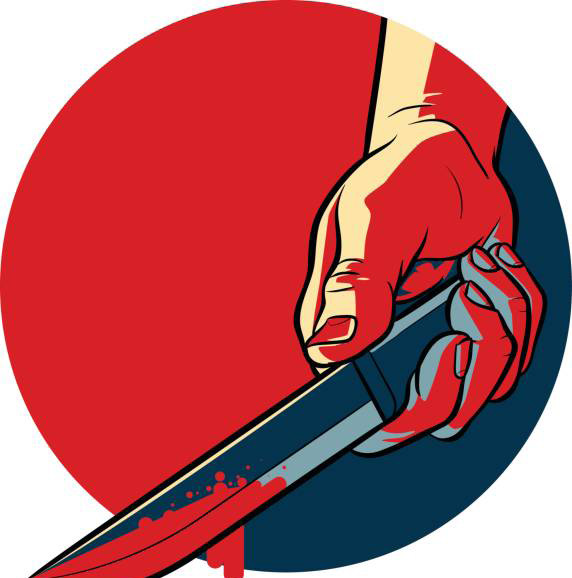
Dengue in India has evolved into ' severely infectious' virus: IISc analysis
NT Correspondent
Bengaluru: A multi-institutional study on dengue led by researchers at the Indian Institute of Science (IISc) shows how the virus causing the disease has evolved dramatically over the last few decades in the Indian subcontinent.
Cases of dengue – a mosquito-bor ne viral disease – have steadily increased in the last 50 years, predominantly in the South-East Asian countries, Bengaluru-based IISc said in a statement. And yet, there are no approved vaccines against dengue in India, although some vaccines have been developed in other countries.
“We were trying to understand how different the Indian variants are, and we found that they are very different from the original strains used to develop the vaccines,” says Rahul Roy, Associate Professor at the Department of Chemical Engineering, IISc, and corresponding author of the study published in medical journal 'PLoS Pathogens'. Roy and collaborators examined all available (408) genetic sequences of Indian dengue strains from infected patients collected between 1956 and 2018 by others as well as the team themselves.
There are four broad categories – serotypes – of the dengue virus (Dengue 1, 2, 3 and 4). Using computational analysis, the team examined how much each of these serotypes deviated from their ancestral sequence, from each other, and from other global sequences.
"We found that the sequences are changing in a very complex fashion," says Roy. Until 2012, the dominant strains in India were Dengue 1 and 3. But in recent years, Dengue 2 has become more dominant across the country, while Dengue 4 – once considered the least infectious – is now making a niche for itself in South India, the researchers found.
The team sought to investigate what factors decide which strain is the dominant one at any given time. One possible factor could be Antibody Dependent Enhancement ( A D E ), says Suraj Jagtap, PhD student at the institute's chemical engineering department and first author of the study. Jagtap explains that sometimes, people might be infected first with one serotype and then develop a secondary infection with a different serotype, leading to more severe symptoms.
 English daily published in Bengaluru & Doha
English daily published in Bengaluru & Doha






